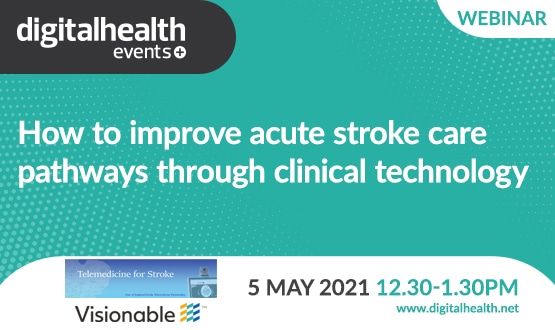-
5 May 2021
12:30 - 13:30
In the United Kingdom, stroke care accounts for 3-5% of all healthcare spending, and acute stroke is the third leading cause of years of life lost and disability-adjusted life years. While the severity of stroke varies from person to person, when stroke patients receive timely diagnoses and treatment, their chances for recovery improve significantly.
Lynda Sibson, Telemedicine Manager for the East of England Stroke Telemedicine Partnership, shared how the Out of Hours (OOH) East of England Stroke Telemedicine Partnership reduced door-to-needle time and increased administration of thrombolysis from 1% to 41% (in those patients referred to the OOH service only), through technology powered by Visionable.
Key takeaways
- Sharing experience from EoE Stroke Telemedicine Partnership and challenges faced with the acute stroke care pathway
- How the partnership addressed the challenges with clinical technology and the results/outcomes
- Lessons learned and top tips for NHS networks that want to transform care pathways
More about our speaker:
 Lynda Sibson, Telemedicine Manager, East of England Stroke Telemedicine Partnership
Lynda Sibson, Telemedicine Manager, East of England Stroke Telemedicine Partnership
I manage the East of England Stroke Telemedicine Partnership, hosted by Addenbrooke’s Hospital and my clinical background was as a primary care nurse practitioner. Operational since November 2011, the Stroke Telemedicine Partnership provides secure videoconferencing to 7 local hospitals for thrombolysis in acute ischaemic stroke.

